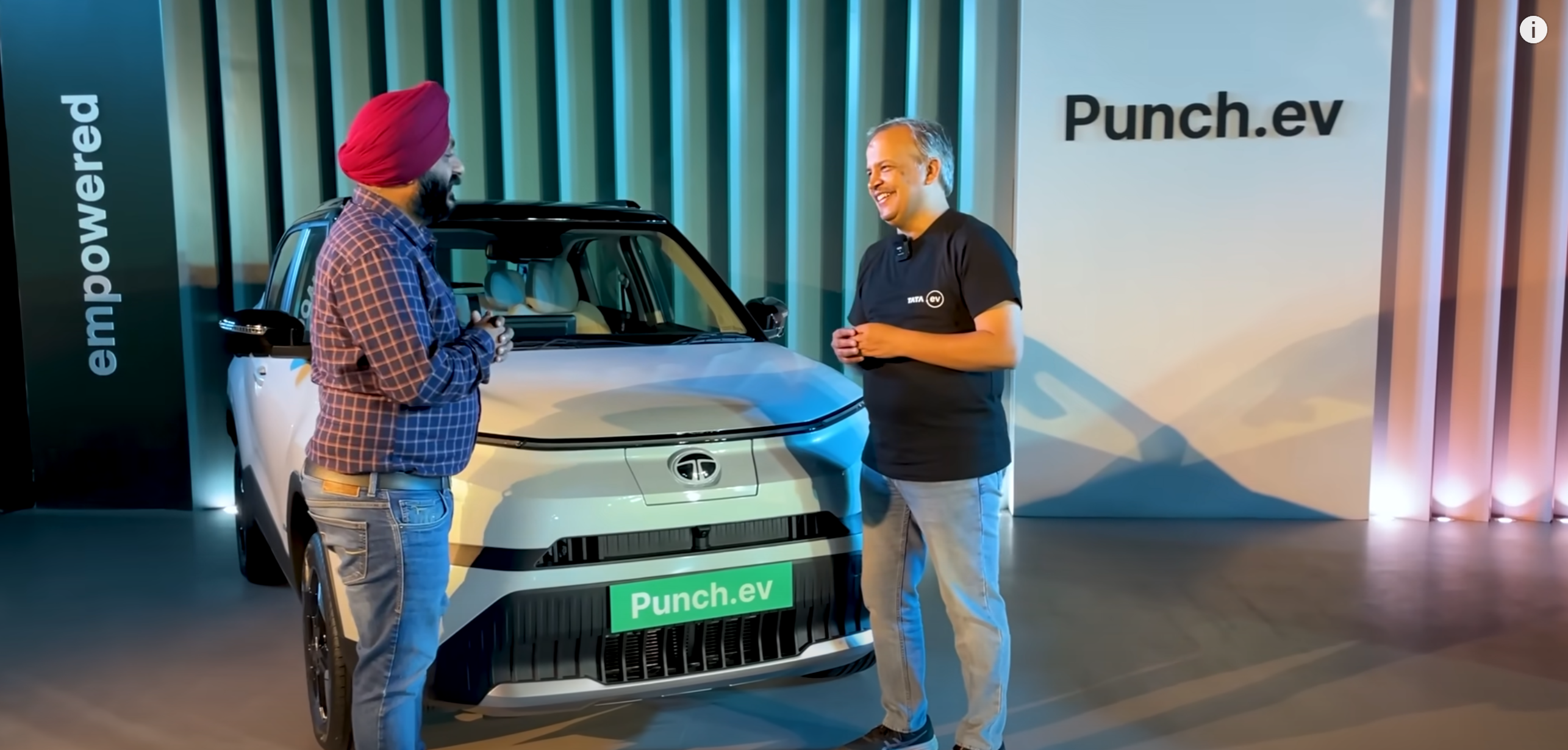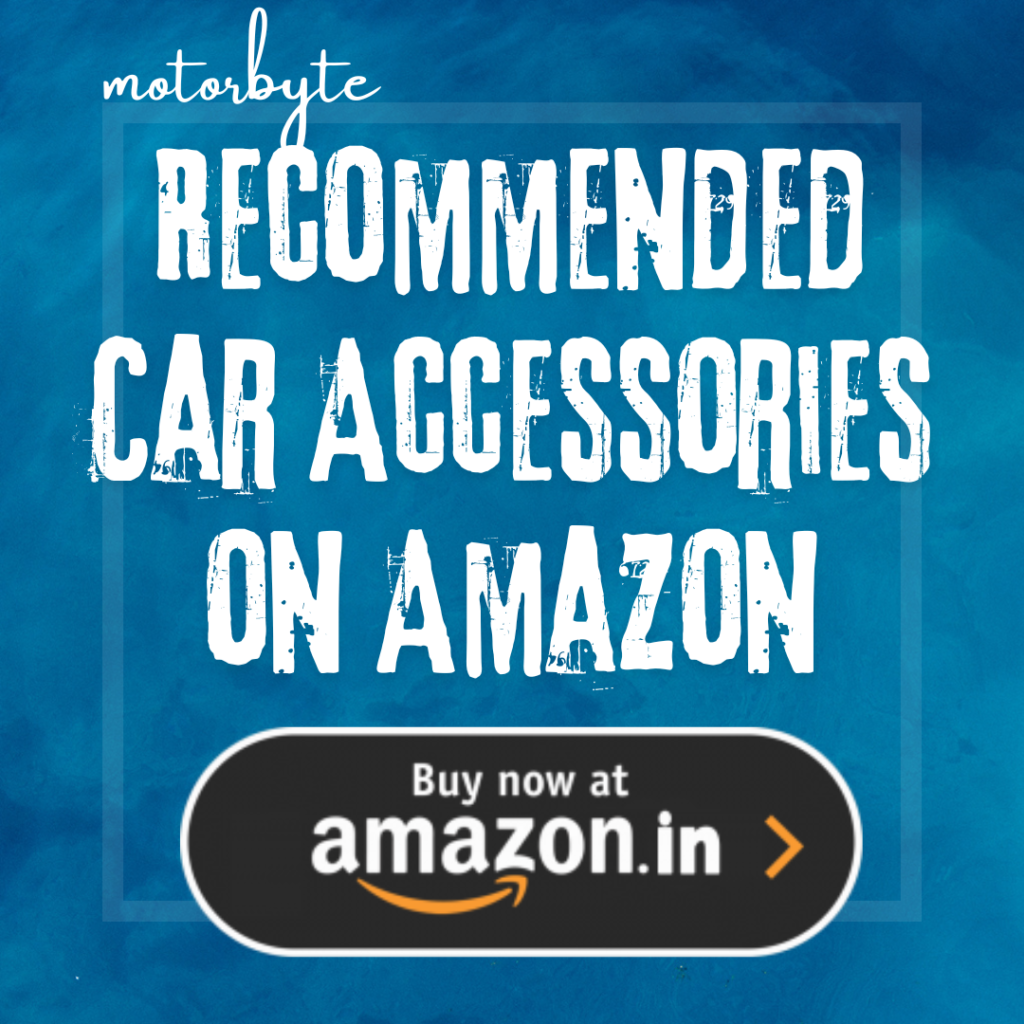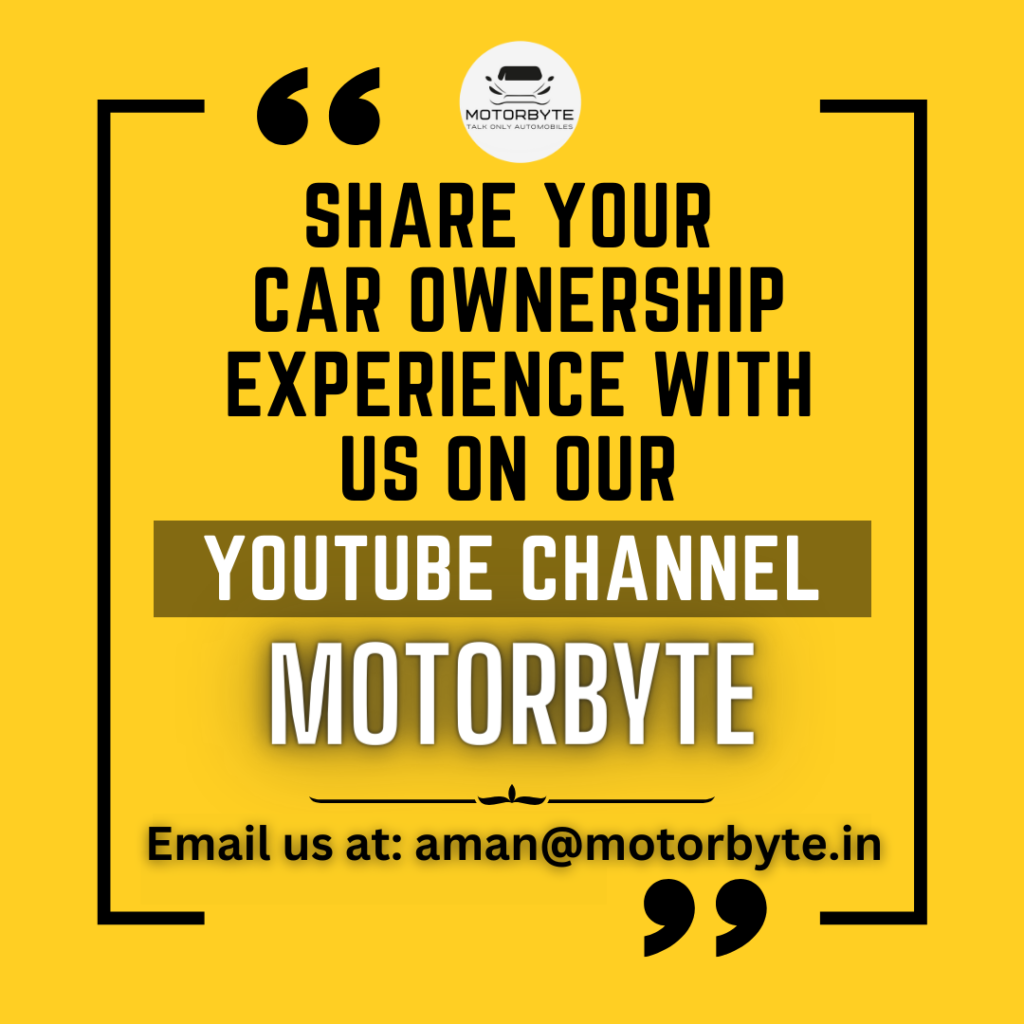Aman: We’re here at the launch of the Punch EV with Mr. Anand Kulkarni, Head of Tata Motors EV Department. We do ownership reviews on our channel and have covered many electric vehicles from Tata Motors. I have a few questions from my side and some from our viewers, which stem from common fears and doubts about EVs. First, I’d like to know more about the Active EV platform that we have launched with the Punch EV. You mentioned that within 18 months, we will see five more vehicles. Can you explain what Tata Motors is looking to achieve with the Active platform, and how is it different from the previous platform?
Mr. Kulkarni: The Active EV platform isn’t actually a platform; it’s more of an architecture. We call it architecture because it is divided into four layers. The first layer is the powertrain, which includes the motor, gearbox, and inverter. The second layer is the chassis layer, which is similar to the mechanical platform in internal combustion engine (ICE) vehicles. This layer includes the suspension, brake system, steering system, and floor pan. The third layer is the electrical and electronics architecture, which includes systems like the infotainment screen and various functionalities. The fourth layer is the cloud, which keeps the vehicle connected to the outside world through telematics.
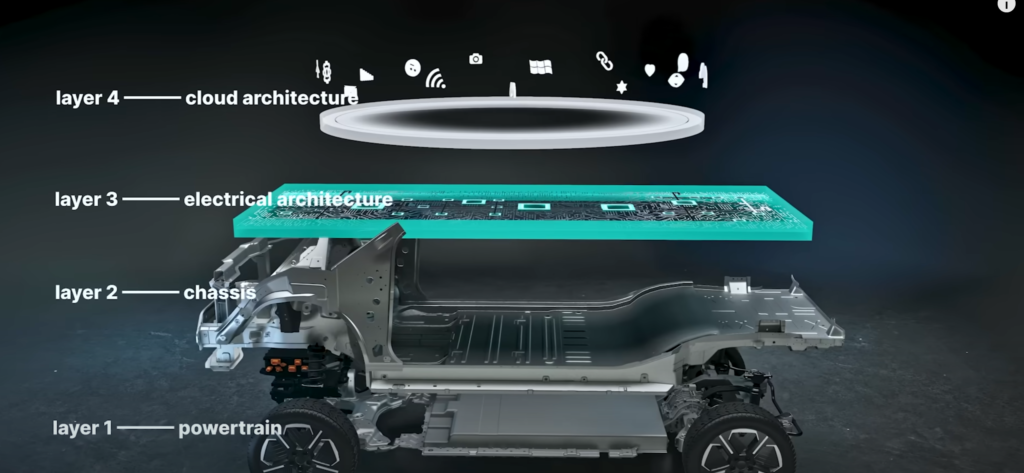
The difference between the Active EV approach and our earlier approach is significant. In 2020, when EVs were first introduced, we took an existing vehicle and placed the battery underneath it, utilizing the available space. This method was beneficial for quickly getting EVs into the market during the discovery phase, but now, as the penetration of EVs increases and public acceptance grows, optimization is needed. The battery can now be designed independently, and the rest of the vehicle is built around it. This is what we call a “pure EV” approach.
The advantages of this approach include flexibility in drive arrangements—this architecture allows us to design vehicles as front-wheel drive, rear-wheel drive, or even all-wheel drive. Another benefit is the use of a symmetric battery design, which we call “Orthonova.” This design improves reliability and performance by allowing us to replace parts without redesigning the entire system. If there’s any improvement in cell technology, it can be incorporated without major modifications to the vehicle.
We have also created a “frunk” (front trunk) in this architecture, offering an additional 15 liters of storage space. This is a secure place to store small items, away from prying eyes.
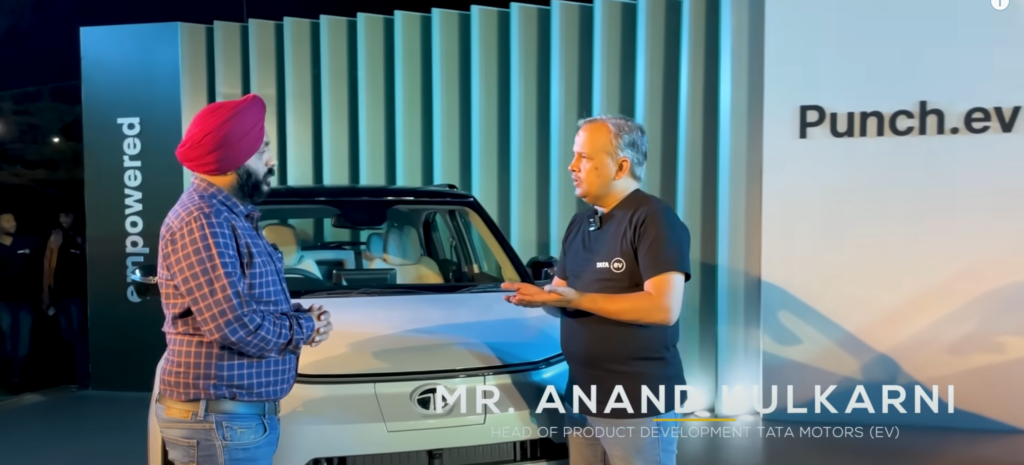
Aman: That’s a very comprehensive explanation, thank you. I have another question, which is more about the future. You mentioned all-wheel drive (AWD) capabilities on this platform. Can we expect models like the Harrier and Safari to feature AWD on this new architecture?
Mr. Kulkarni: Yes, models like the Harrier EV and others showcased at the Auto Expo will indeed come on this architecture. However, I can’t reveal specifics about which cars will come with which configurations just yet. But rest assured, the architecture supports front-wheel, rear-wheel, and all-wheel drive, so we have the flexibility to decide based on market needs.
Aman: Great! I’ll tell my audience to stay tuned for more updates. Now, let’s address some common fears from our viewers. Many people are concerned about the 8-year, 160,000 km warranty on EV batteries. They wonder what happens after this period, especially regarding battery replacement costs and resale value. What would you say to them?
Mr. Kulkarni: You’ve raised several important points. First, about the battery warranty: yes, we provide an 8-year or 160,000 km warranty, but it’s important to understand that these are advanced Lithium Iron Phosphate (LFP) batteries. They have a long cycle life—around 2,000 cycles. If you consider the average range you get per charge and multiply it by 2,000 cycles, it gives a life expectancy of around 500,000 km, much beyond the warranty period.
Even if something happens after the warranty expires, it’s likely that only a few cells might need replacement, not the entire battery. This can be done without replacing the whole pack, keeping costs manageable.
Additionally, the battery warranty is transferable. If you sell your car before the warranty ends, the new owner will still benefit from the remaining warranty, adding value to your vehicle.
Aman: That’s reassuring to know. How about the resale value of EVs, given that batteries do degrade over time?
Mr. Kulkarni: The resale market for EVs is still developing, but there is a significant value in used EVs because their operating cost remains low—around ₹1.25 per km. As more people become aware of this and the market matures, the value of used EVs will increase. We are committed to supporting this market by ensuring that solutions for battery replacements or upgrades are readily available. We are already working on pilot projects to ensure that these services are in place well before any large-scale battery replacements are needed.
Aman: That’s great to hear. Another question: you’ve projected the Punch EV as a vehicle capable of some off-roading. What can we expect in terms of the vehicle’s off-road capabilities?
Mr. Kulkarni: At our experience centers, you’ll be able to see the capabilities of the Punch EV firsthand. The idea is to demonstrate the car’s versatility across different terrains found in our country. This includes dealing with loose gravel, steep inclines, and other challenging conditions without any issues. We want to dispel misconceptions that EVs aren’t capable of handling tougher terrains or that they may face issues like short circuits in challenging conditions. The Punch EV is built to be robust and reliable, even in less-than-ideal environments.
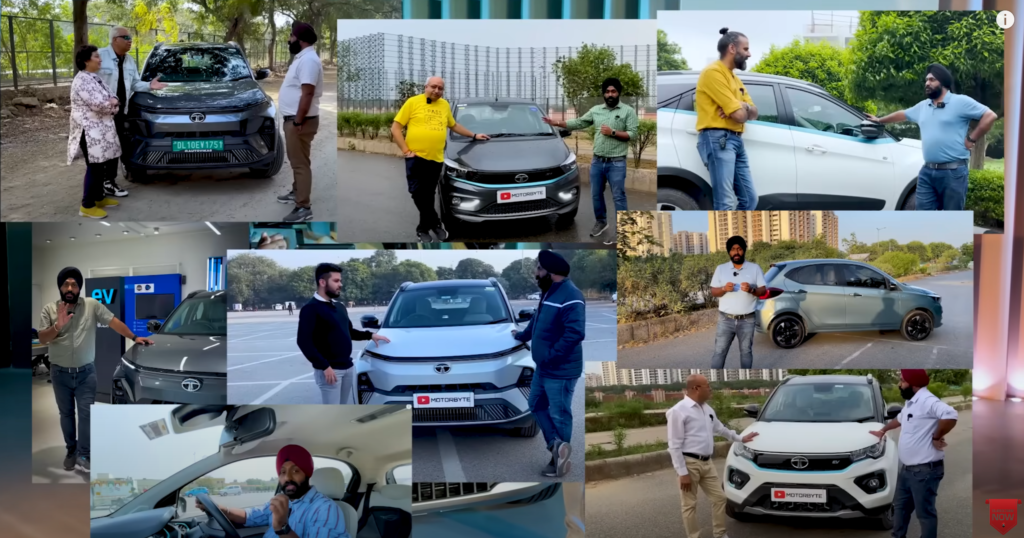
Aman: And what about the possibility of short circuits or other electrical issues when driving in challenging conditions or through water?
Mr. Kulkarni: These are common misconceptions. The Punch EV is designed to handle various conditions safely. There is a lot of testing involved to ensure that the vehicle is capable of operating under different circumstances without the risk of short circuits or other electrical issues. The experience centers will allow you to see these capabilities for yourself.
Aman: Thank you so much, Mr. Kulkarni, for addressing these concerns. I’m sure our viewers will find this information very helpful.
Mr. Kulkarni: Thank you, Aman. I’m glad to have the opportunity to clear these doubts.
